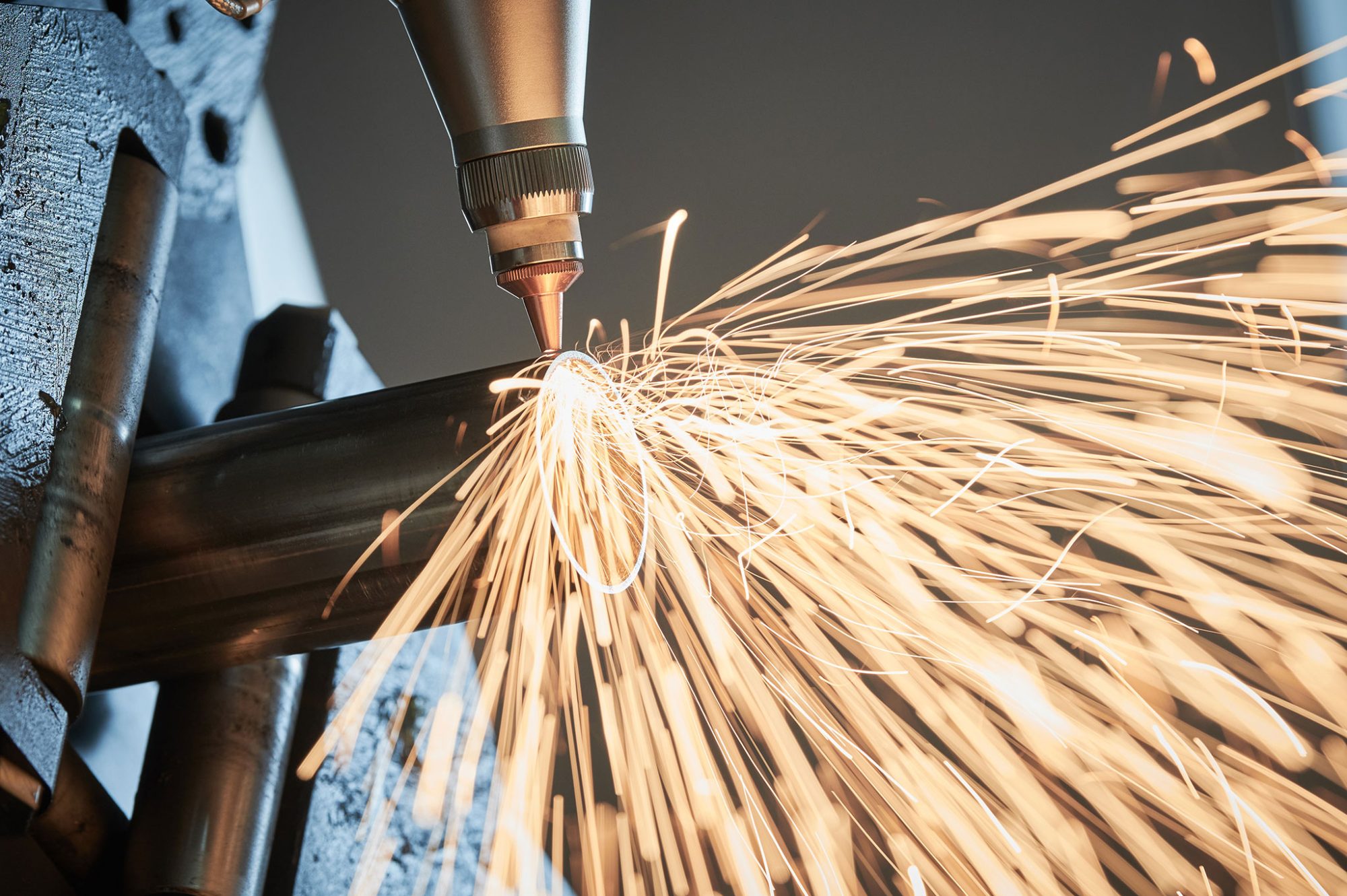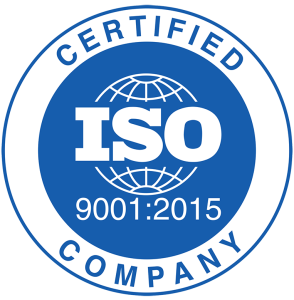The team we have specialises in providing high calibre ERW tubes to clients. With years of experience in the industry, we can comfortably meet all kinds of needs. This includes finding the right size and style of tubing for each client. There is also a special cutting service in place to give you the precise length you require.
 During production, you use high frequency welding to create ERW tubes. Prior to this however, the material can require preheating. Using the process enables users to reduce the likelihood of cracking and similar issues. In addition, it works to improve weld quality.
During production, you use high frequency welding to create ERW tubes. Prior to this however, the material can require preheating. Using the process enables users to reduce the likelihood of cracking and similar issues. In addition, it works to improve weld quality.
You commonly use preheating prior to welding steels that are 1 inch thick or bigger. It is often necessary in field and shop welding for transmission, and gas and oil pipelines. We can say the same about shipbuilding, mining, and power plant applications.
How preheating works
The process consists of you heating the area around the entire part or your weld joint to a certain temperature. What this does is lower the weld’s cooling rate and also drives the moisture out. In turn, this assists you in reducing the potential for cracking and stops oxygen build-up.
It is possible to use a number of methods for welding preheat. These include convection ovens, resistance, heating, open flame, and induction. They all have their advantages and disadvantages depending on your application. The ideal technique for a certain application depends on several factors. These include weldment size and material thickness, as well as the project limitations.
The methods
Next, we will talk a bit more about how each preheating method works.
Beginning with induction, it generates a magnetic field capable of producing eddy currents in your base material. As this happens, it internally heats it. You also place induction accessories on the part to create the magnetic field.
With open flame, operators make use of a compressed air and fuel gas torch to directly apply flame to a metal part.
As for resistance heating, it utilises ceramic pads on the base metal that have been electrically heated. They move heat to the part using conductive as well as radiant heat. Here, the pads are in contact with your part.
Finally, there are the convection ovens. Here you place the whole part in the oven for preheating.
We commit to offering the best ERW tubes
At Union Steel Tubes we work hard to ensure that our tubing can satisfy our clients. This includes putting each tube through testing and providing a swift delivery service. We are confident that you will be very happy once you experience our services.
So, if you would like to discuss your requirements for ERW tubes with us, feel free to get in touch. We can help you to choose the right size, shape, length, and finish.


